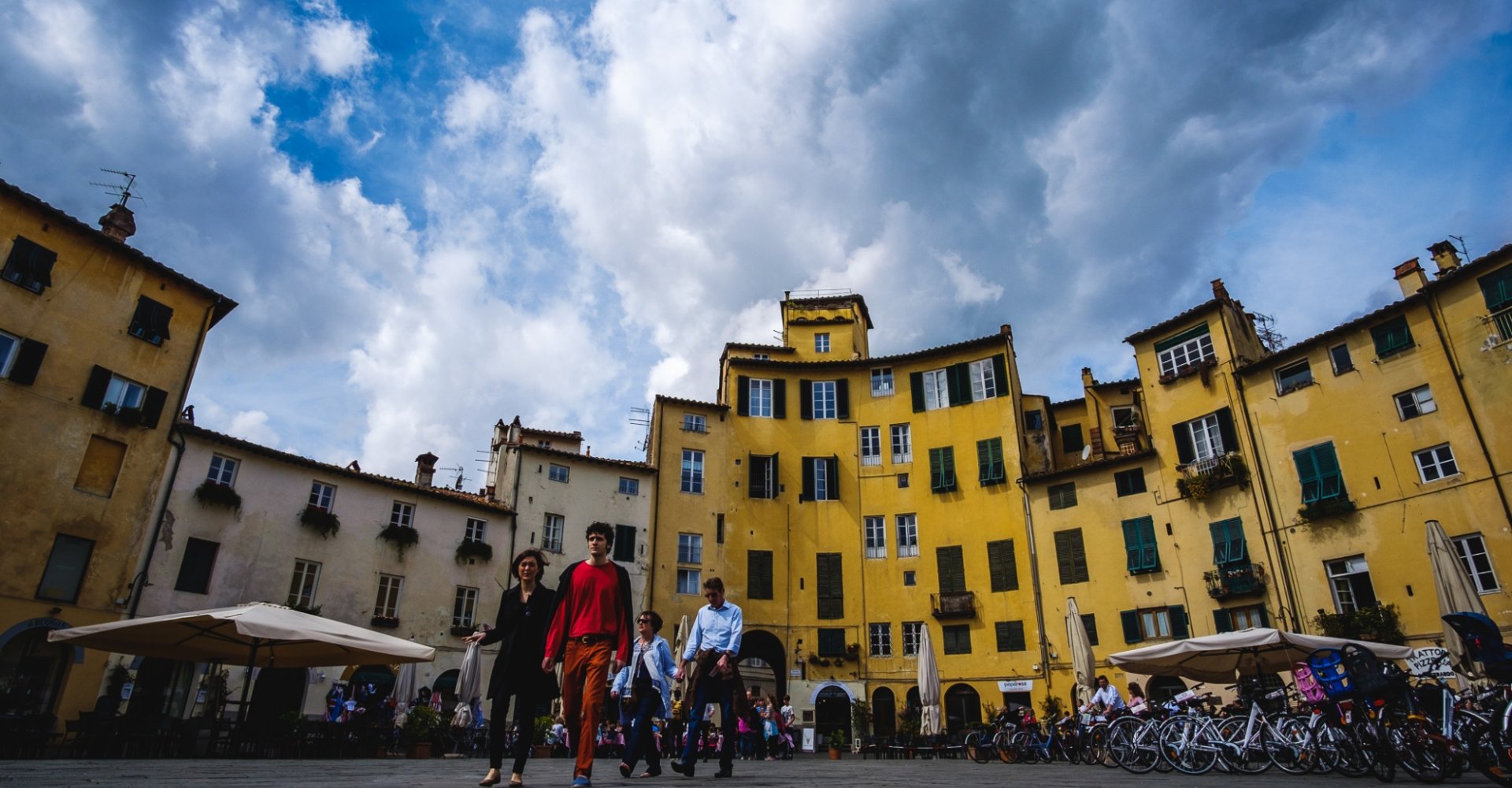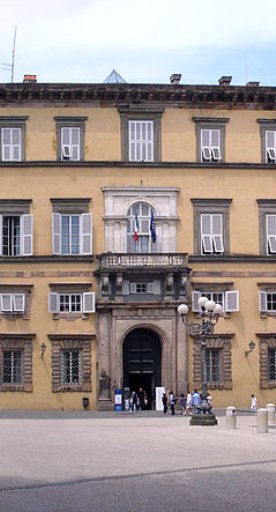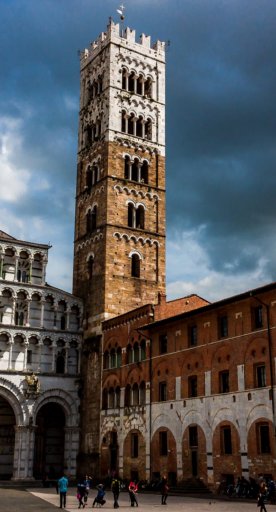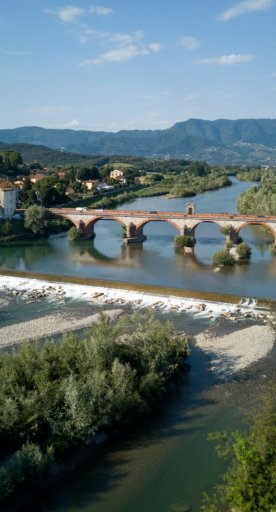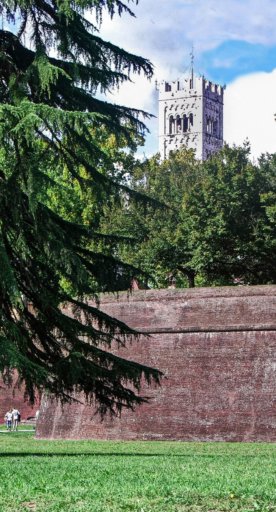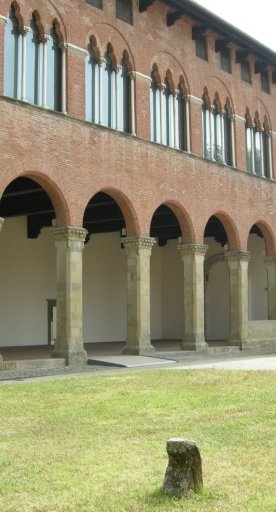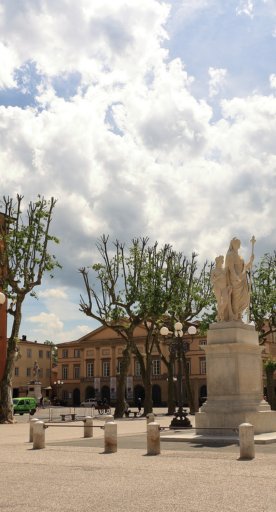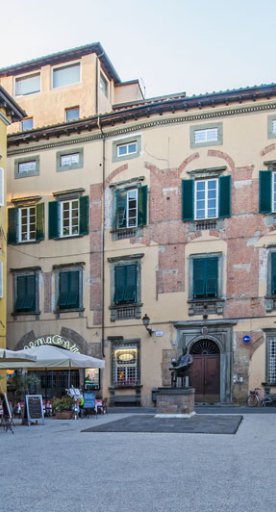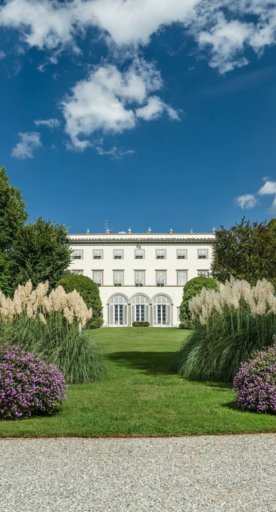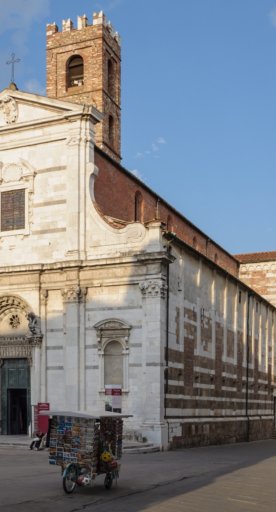Roman amphitheatre, Piazza dell'Anfiteatro
Step back in time and discover what's behind the oldest square of Lucca
This amphitheatre, where gladiator shows and games were traditionally held, was built in Lucca in the second half of the 1st century A.D. The subsequent discovery of coins from the reign of Emperor Claudius, during the demolition of some walls in the 19th century, proves that the construction began after the middle half of the 1st century. It certainly wasn’t finished before the late Flavian Age, when funds were granted by an important citizen, Quintus Vibius, whose rank was that of an "eques" (a knight). According to an inscription in his honour, uncovered inside the arena in 1810, he donated one hundred thousand sestertii over ten years.
Over the course of time, the use of the building changed. Due to its size and position outside the town walls it became a threat to the town itself as it risked falling into enemy's hands. That's why from the 6th century A.D., during the Gothic wars and the siege of Narsetes, the amphitheatre was fortified for military purposes and its outer arches were closed. Following this, other buildings used as houses and for a certain period even as prisons, were added to the structures.
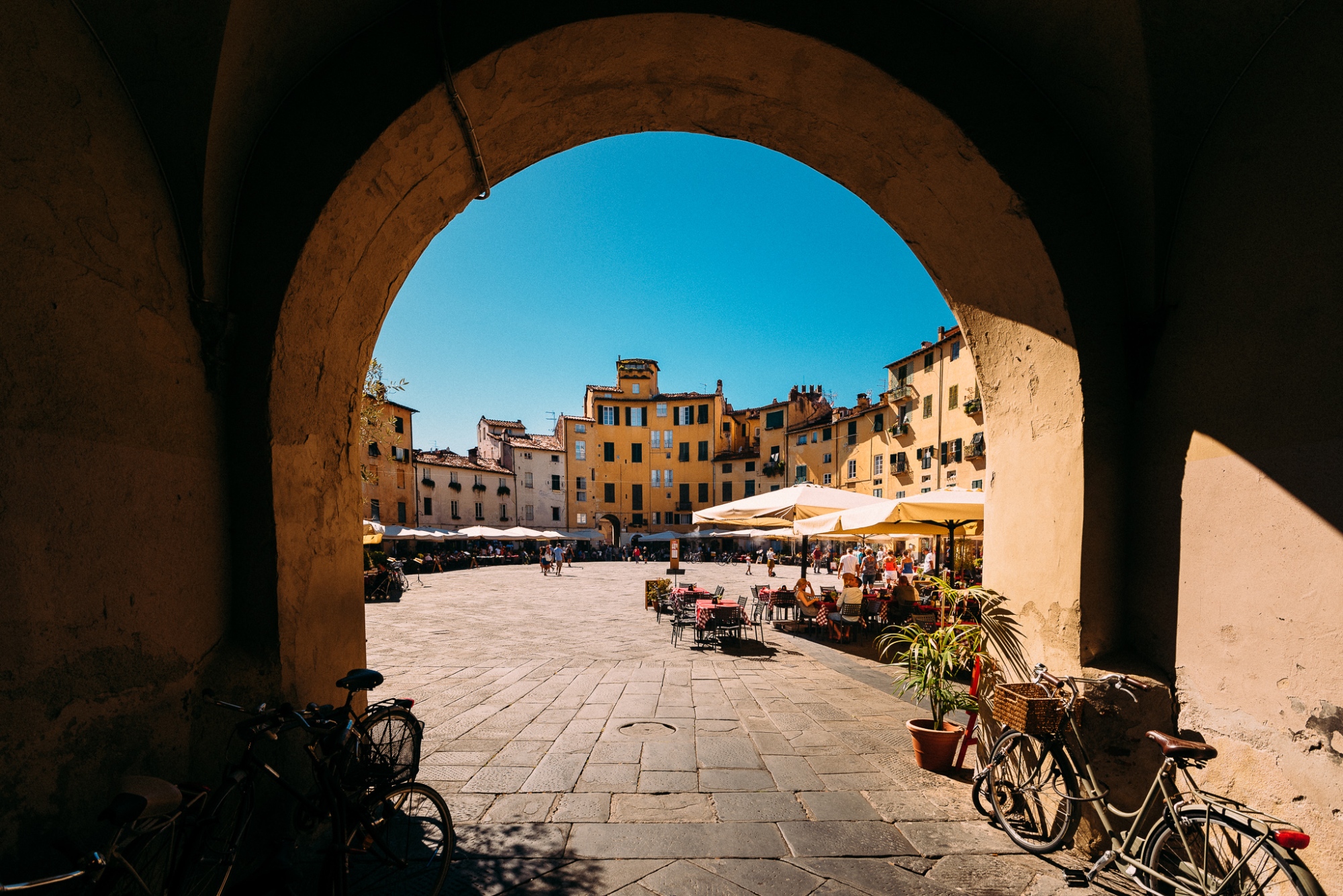
Between 1830 and 1839, following a project by the architect Lorenzo Nottolini, the buildings occupying the ancient arena were pulled down and the inner area became a piazza.
Today the remains of the Roman amphitheatre are preserved, incorporated in the buildings bordering the present day Piazza dell'Anfiteatro, in the northern part of Lucca. The elliptic shape of the piazza corresponds to a great extent to the area of the ancient arena. This is the result of a 19th century restoration that permits us to appreciate the size and the general outline of the ancient monument. On the outer perimeter, along the Via dell'Anfiteatro, we can see some of the original walls, in particular in front of Piazza Scalpellini.
